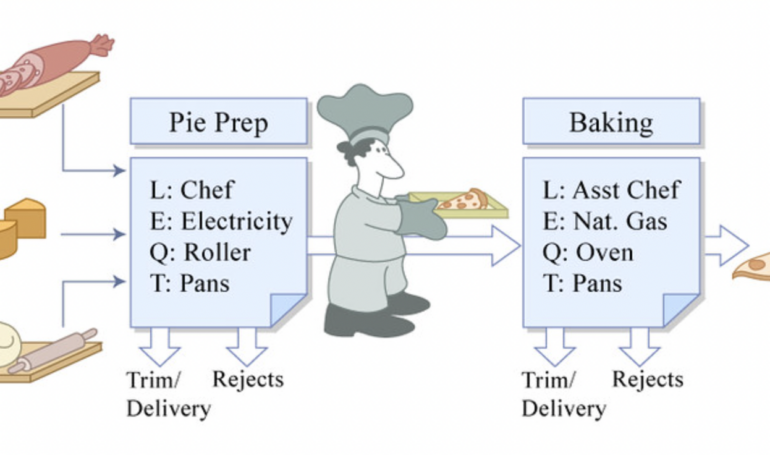
Back to Basics: Draw a Flowchart
Me, I love a picture that tells a story. I also love graphs, charts, and outlines.
This saying was invented by an advertising executive, Fred R. Barnard. To promote his agency’s ads he took out an ad in Printer’s Ink in 1921 with the headline “One Look Is Worth a Thousand Words” and attributed it to an ancient Japanese philosopher. – Diconary.com
Ain’t that the truth! Showing a work process in pictures provides important business clues. When I can’t figure something out; or it is not making sense, drawing a flow chart, reveals lots of hidden information. Given the massive changes to business processes due to COVID fallout, this is more true than ever. Supply chain slow-downs, remote working, new customer trends and staff turnover are the perfect storm for the process to go awry. What’s a Manager to do?
Draw a picture. More poignantly: Make a flowchart.
Use this insightful article on Define Process for Your Team, which lays it out nicely. I am not just saying that because I am quoted. I’m quoted because I believe that managing process for your team is a cornerstone skill for managers.
Setting the tone and process for your team is always a timely topic, whether tweaking an old project or starting on a new endeavor – timing, responsibility, and delineation of roles are key to success.
My Advice
“Start with a simple flowchart,” explains Ilene Marcus, Founder, and CEO of Aligned Workplace. “It’s how you organize and conceptualize the flow that allows you to see the disconnects and set the framework for implementing the change“.
Seeing the disconnects is what separates the good manager from the great manager. Being able to communicate both the organizational priorities and how your team fits in, is critical to moving the work process forward. If you can get the entire team from the C-Suite to line staff on the same page with the concurrent resources you will get things done.
Use this checklist to move your process along:
- Define your team’s role by breaking down the process and the hand-offs between departments/units/divisions
- Break down any process into 5 or fewer steps to show the flow
- Follow where the flow breaks and determine if it is a process or people issue
- Confer with those doing the work and generate alternatives
- Tweak until it flows naturally
What’s Next
Make time to draw a flowchart and see what doesn’t flow. Work with your team and leadership and let the process flow.
